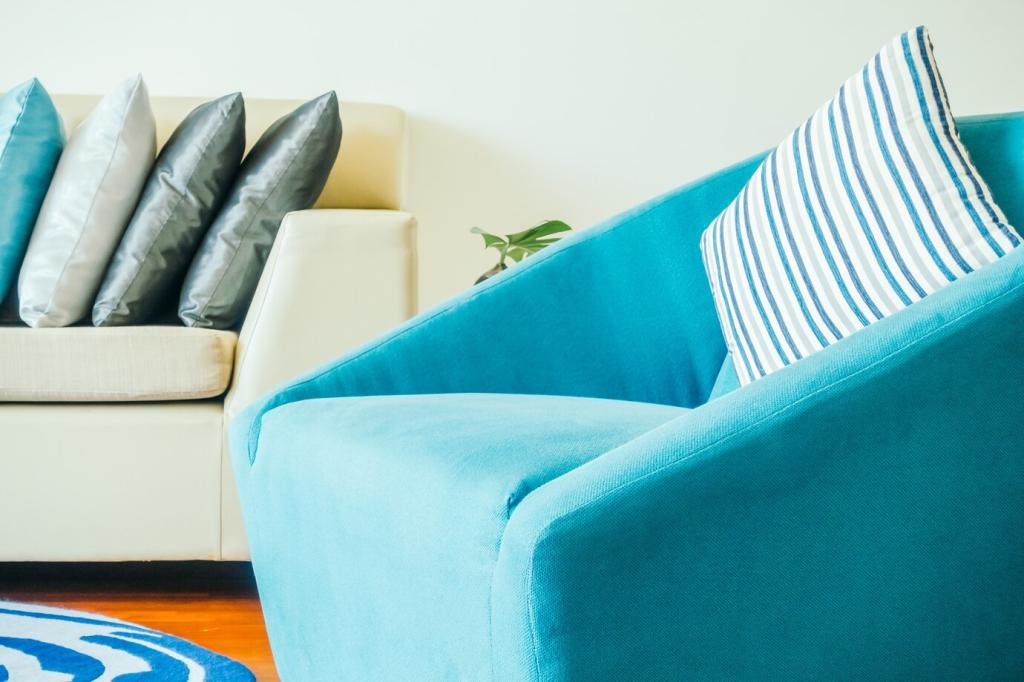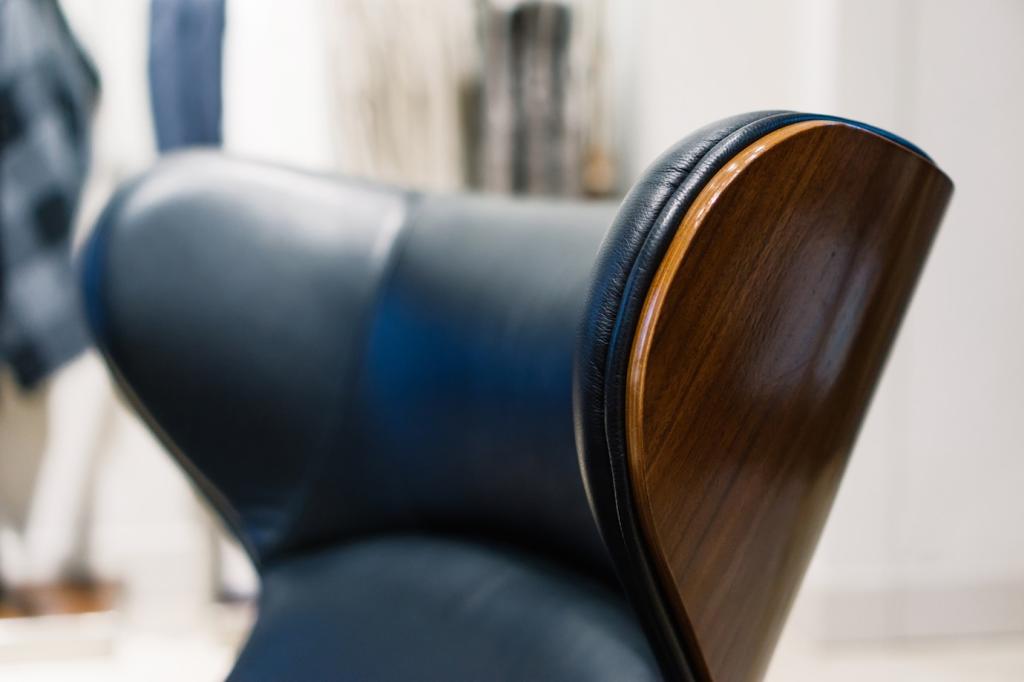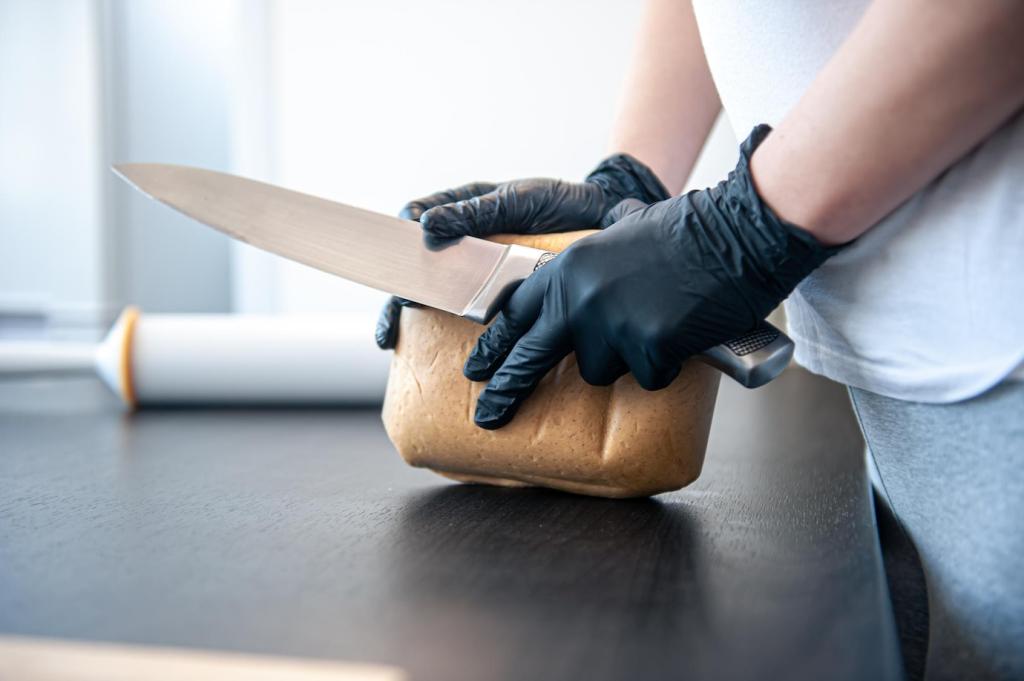Control Your Room Climate Thoughtfully
Run a correctly sized dehumidifier during prolonged humidity spikes, ideally with a continuous drain. Pair with moderate air conditioning and regular window venting when safe. Gentle, consistent control beats extreme temperature swings every time.
Control Your Room Climate Thoughtfully
Place small Bluetooth or Wi‑Fi sensors behind large cabinets, inside wardrobes, and near windows. Historical charts reveal problem hours. Set alerts for high humidity and share your graphs with our readers for crowd-tested solutions.
Control Your Room Climate Thoughtfully
Overwatered plants, simmering pots, and unvented dryers spike indoor humidity. Move thirsty plants away from antique pieces. Use lids when cooking and run exhaust fans. Little adjustments collectively keep cherished furniture stress-free.
Control Your Room Climate Thoughtfully
Lorem ipsum dolor sit amet, consectetur adipiscing elit. Ut elit tellus, luctus nec ullamcorper mattis, pulvinar dapibus leo.











